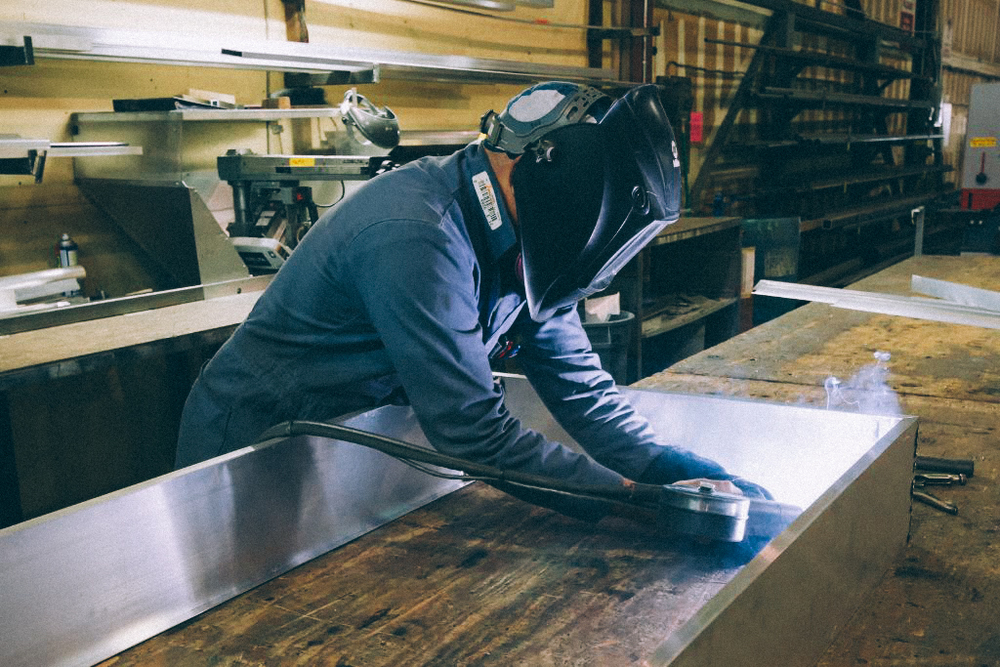
Signage manufacturing technology
Without what is difficult to imagine modern streets of both big cities and provincial villages? Right – without advertising signs of shops, pharmacies, cafes, hairdressers. However, the history of outdoor advertising does not originate in the “age of capitalism” – even before our era, the inhabitants of ancient Egyptian Memphis could during a walk in the city to read the tablets with content. Of course, with the passage of time, types of signs and advertising signs were becoming more and more diverse and complex, because advertising, as you know, the engine of trade. So there were three-dimensional letters, front advertising on stretch marks, luminous signs, mottling paints, ADA signs, etc. In this article we will consider the types of signs and their structural differences.
Variants of outdoor signs
There is no unambiguous division of signs into species, but they can be conventionally classified into several types. First, it is information and advertising signs. The first are usually located directly at the entrance to the store and, as can be understood from the name, contain information about the company: legal name, schedule, contact phone number, address. The most common version of such signs is an information sign. Advertising signs serve to attract the attention of buyers, so they are usually located in more prominent places: on building facades, roofs, above the entrance to the store. Surely you are familiar with the situation: you walk down the street, your eyes grab a bright sign, such as coffee shops or pastry shop – and you just can not pass by.

Secondly, all the signs can be divided into non-light and light. Non-light signs are simpler: they can be flat or bulky, a single panel or separate letters. This solution is very economical, but suitable mainly for interior signs, or for a store inside a mall. A compromise option is to equip the inscription with external illumination in the form of spotlights – in this case it will not cease to be visible when it gets dark.
Lighting signs – the most common and visible to potential buyers. In turn, they can be conventionally divided into the following types.
- Light boxes – their design is a rectangular or shaped body, inside which there are lamps. Letters are applied from the outside, on the surface of the light-transmitting material. Lightboxes can be one-sided or two-sided.
- The volumetric light letters look like separate structures with LED lamps inside. Together they form a bright inscription that is well visible to potential customers.
- Composite signs appeared not so long ago, but have already gained popularity, thanks to the “expensive” appearance and long service life. Even now they can be found in almost any major shopping center, they are popular among clothing stores and any other branded goods. Externally, such signs are a monolithic box made of composite material, inside which there are luminous or unlit letters.
By the type of lighting used, signs can be divided into products with fluorescent lamps, neon and LED. The first, most common, installed classic daylight lamps, the second – special tubes with neon, in the third, the most expensive – a chain of LEDs. The latter option is becoming increasingly popular: despite the high initial cost, LEDs have the longest service life, allow you to vary the color, brightness and lighting parameters. You can order all these outputs at fortunavisual.com. If you have not yet decided what type of signage suits you, it is possible to consult with a specialist and get his opinion.